THE WILD MEDICINE IN DREAMS
I have been working with dream clients for a decade and a half. Sometimes I call this work spiritual direction. Sometimes I just say I’m a teacher who helps people learn from their dreams.
–Do you interpret them?
No, I bring them back to life.
It’s true that after more than ten thousand hours of this activity I know my way into the terrain of a dream. But I try to hold any interpretation as lightly as possible. Dreams are alive and natural, and I want to respect that life and respond to it with my senses.
Too often an interpretation of a dream is undertaker’s work and lays the dream to rest on a gurney of dogma. I want to keep the dream as a living breathing experience. I also don’t want to sell anyone on anything. The pret in interpret means “price”, and inter means “between”. By the root, an interpreter is no more than a broker who sets an acceptable value on a dream. I try to present the dream as it is, even when that’s uncomfortable.
I don’t want to determine the value of a dream or come between the dream and the dreamer. I want us to walk into the dream together and experience the life it offers.
–So is it therapy then?
It definitely brings healing but since I’m neither a psychotherapist or psychiatrist I’d prefer to think of myself as someone who walks people through the natural terrain, like a wilderness guide.
Imagine. Unlicensed and un-credentialed I do this outrageous thing:
I talk to people about their dreams.
I am a poet, not a doctor. Yet I find in dreams a wild medicine.
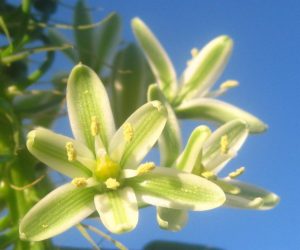
Dreams are strong natural drugs. Yet you have no choice but to take them five or six times a night. Their powerful emotional charge gets amplified because in REM sleep your major limbs go into paralysis as if you were strapped down to endure whatever feelings dreams rain down on you.
Profound electrical and chemical changes reconfigure your brain entirely. You lose track of time and space, of body sense and intentionality. You become attuned more deeply to feeling than to consequential logic. Many times you experience feelings you really don’t want to feel.
That’s what makes my work hard. Because my work as a wilderness guide is to align myself with the feelings in your dreams. That’s where–together– the dreamer and I find the natural medicine. To drink the strong medicine of dreams undiluted, requires a tincture of courage. But spiritual growth is really impossible without courage.
Over the past fifteen years, I’ve seen dreams change people’s lives again and again.
The single have become married, the unhappy have become divorced. The student has become a teacher. The know-it-all has become a student. The grown man has become a boy; the matron has become a teenage girl. The unsure have become surer, the egotistical more self-critical.
The angry have understood their pain. The traumatized have faced into their trauma and been released from decades of paralysis. The quiet have found their voices, and the withdrawn have walked into the light. The troubled have found a deeper sense of themselves. The mourners have completed their mourning and turned back to the world. The old have come to terms with age and the dying with death.
My clients paid me to witness these miracles, these gifts of the dream. Did they realize I have been cheating them all along? I should have paid them to witness what their dreams showed me.
Learning to work with dreams is not easy: I spent ten years as an apprentice to learn this work because no formal school could have taught me how to find the healing in dreams. The techniques for working with dreams for healing are simply not being taught. The work is also meticulous and slow and insurance companies offer no compensation for deep dives into the unconscious. Instead billions of dollars of advertising promise a quick and easy pill for every psychological symptom. We have lost touch with our own inner lives.
The Dalai Lama recently sponsored a website called the Atlas of Emotions, sensing that most people in the West are lost when it comes to understanding their feelings. Our language has a rich and nuanced vocabulary of feeling, but in daily life, we rarely explore that richness. Folks can’t distinguish between anxious and afraid or between sad and depressed. When I asked one client how he felt at a certain moment in his dream, he drew a blank and asked me for a list of words to choose from. He had no clue about where to find his feelings. But they were all there: in his dreams.
There’s no wonder our sense of feeling is constricted. We are taught from childhood about how to calculate and think, but we aren’t taught how to explore how we feel. When a child has a nightmare she’s told, it’s not real. The parent means well, but the message is, your feelings aren’t real. Don’t pay attention to them.
Many seek to eliminate every emotional discomfort and avoid their dreams especially because there are feelings they don’t know how to deal with. I found myself once in a New York Times symposium as the only voice speaking on behalf of the nightmare.
People think of abolishing the nightmare–not realizing the intense fear in a dream may be a needed wake up call. All of our feelings– most especially the difficult ones– are necessary to the overall ecology of the soul. But we keep spraying Roundup on the psyche’s green. The thorniest weeds and homeliest wildflowers grow there for a reason, a reminder to go the roots– not cut off the tops.
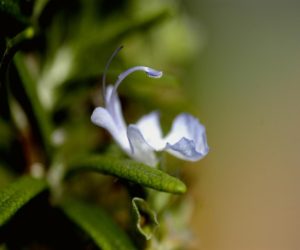
Robert Duncan was a major American poet I was very fortunate to know. He was inspired by a recurring dream of a meadow to write the poem that opens a book that inspired me, The Opening of the Field.
The poem begins:
Often I Am Permitted to Return to a Meadow
as if it were a scene made-up by the mind,
that is not mine, but is a made place,
He sees the dream as both a made up and a “made place” and this latter sense is the ground where we walk. The dream is a place prepared in the psyche, a field that we can return to refresh the imagination. In Robert’s dream it appeared as a meadow with children playing, dancing in a circle.
The field, the meadow has many meanings, no end of meanings. But for Duncan it is a place in the mind, both made up but also made for us. It is a place of initiation and renewal that we return to. He also calls it “a place of first permission/and everlasting omen of what is.”
Often I Am Permitted to Return to a Meadow
as if it were a scene made-up by the mind,
that is not mine, but is a made place,
that is mine, it is so near to the heart,
an eternal pasture folded in all thought
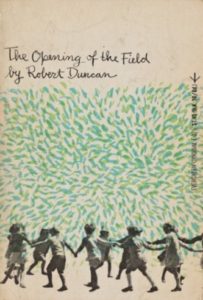
The Opening of the Field
The poem ends:
It is only a dream of the grass blowing
east against the source of the sun
in an hour before the sun’s going down
whose secret we see in a children’s game
of ring a round of roses told.
Often I am permitted to return to a meadow
as if it were a given property of the mind
that certain bounds hold against chaos,
that is a place of first permission,
everlasting omen of what is.
The field of the psyche is a wild meadow with a colorful profusion of feelings, thistles and dandelions– not a well-manicured golf course. It is also seen as a forest and a wilderness, a desert or a mountain, or a rocky shore of the ocean or a confluence of rivers. Dreams offer a natural terrain of feeling– they are a natural resource for us just as surely as Yosemite or the Himalayas.
But dreamwork is like a second growth forest– where land once cultivated was later abandoned and overgrown. At the beginning of the twentieth century, Freud wrote of dreams as “the royal road to the unconscious”, but nowadays in actual practice many professionals have abandoned that road. In popular culture there still lingers a residue of old Freudian theory that only get in the way of seeing the natural dream as it is. Fortunately, dreams remain open to all of us to explore freely. For poets, artists and those who seek healing, I’m hoping a field guide to the natural dream might come in handy and I’m working on one now. Perhaps this is an opening chapter.
When l am in someone’s dream I feel I’m walking holy ground. I’m discovering in the dream terrain the flora and fauna that can heal the broken imagination and restore the soul. Once you orient yourself to the special topography of the dream, to the way time, space and feeling interact, you get closer to an understanding that dreams are not inherently bizarre, or meaningless. They are an entirely natural setting. If we can put aside our theoretical preconceptions, the residue of abandoned theories, what “everyone knows” about dreams, we can find our own footing on the path. That is why we call this work we do natural dreamwork.
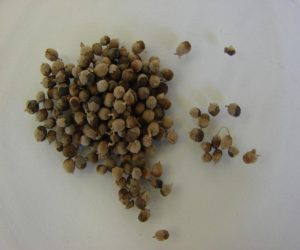
Rodger Kamenetz has taught Natural Dreamwork at Kenyon College, the CG Jung Center in Evanston, the NOLA Poetry Festival, and currently on the Shift Network. He is the author of The History of Last Night’s Dream.
Here what Oprah Winfrey had to say about his book:
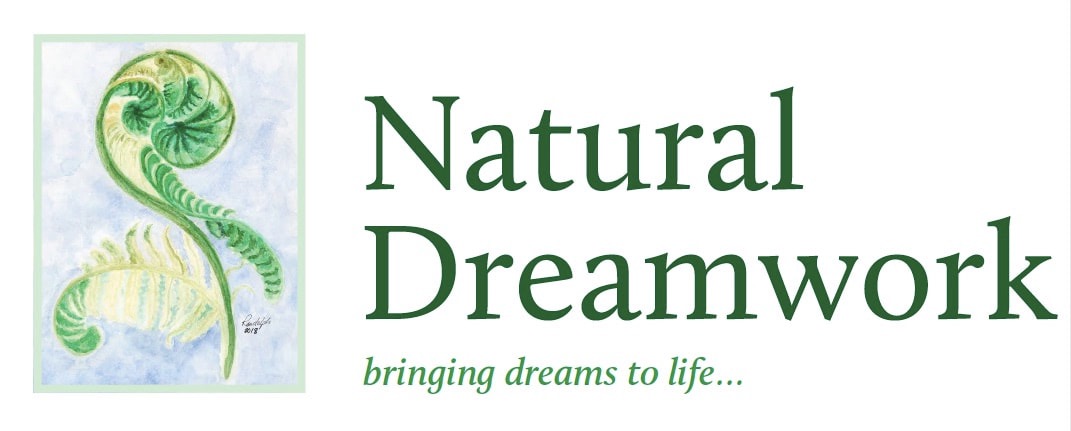
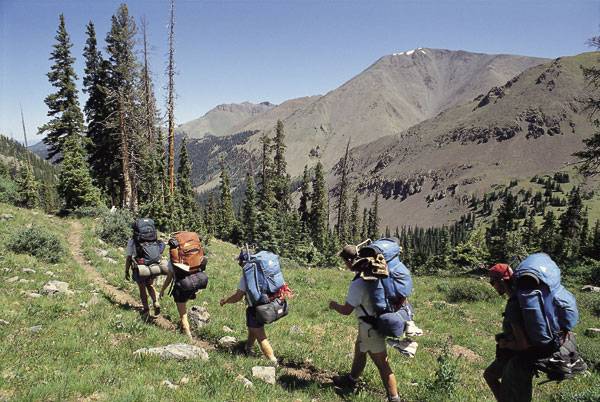


Thank you – this post is illuminating and inspiring. This morning, with a head full of jumbled dreams, filled with beauty, delight and shame, I return to these nuggets of wisdom and find myself feeling more at home in my own self, just from reading your words.
Thank you so much Linda! Exciting to have you join us from the UK.
Dear Dr. Kamenetz,
Thank you for crafting and sharing such an athletic rethinking of dreams as a way to pay attention to “the ecology of the soul.” Thank you for opening a place in public life to talk about feelings, “the psyche’s green,” since, as you point out, our culture as a whole has very underdeveloped skills for taking the dimensions of human feeling seriously. Your work helps us learn how to develop those skills and flex our emotional muscles with vocabularies and methods worthy of the “wild medicine” they communicate.
Thank you so much for your work. Hearing you speak and share your work at the Kenyon Institute this past month was an experience I will never forget.
Warmly,
Ben Bagocius